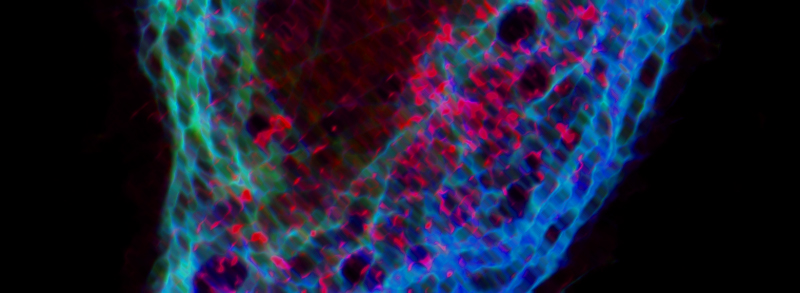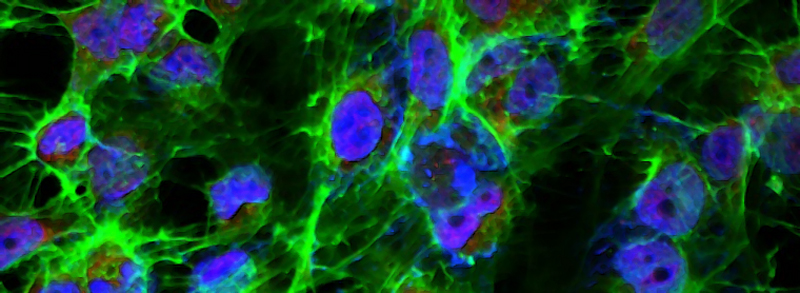





RECENT PUBLICATIONS
RANKL coordinates multiple osteoclastogenic pathways by regulating expression of ubiquitin ligase RNF146.
Matsumoto Y, Larose J, Kent OA, Lim M, Changoor A, Zhang L, Storozhuk Y, Mao X, Grynpas MD, Cong F, Rottapel R.
J Clin Invest. 2017 Apr 3;127(4):1303-1315. doi: 10.1172/JCI90527.
Bone undergoes continuous remodeling due to balanced bone formation and resorption mediated by osteoblasts and osteoclasts, respectively. Osteoclasts arise from the macrophage lineage, and their differentiation is dependent on RANKL, a member of the TNF family of cytokines. Here, we have provided evidence that RANKL controls the expression of 3BP2, an adapter protein that is required for activation of SRC tyrosine kinase and simultaneously coordinates the attenuation of β-catenin, both of which are required to execute the osteoclast developmental program. We found that RANKL represses the transcription of the E3 ubiquitin ligase RNF146 through an NF-κB-related inhibitory element in the RNF146 promoter. RANKL-mediated suppression of RNF146 results in the stabilization of its substrates, 3BP2 and AXIN1, which consequently triggers the activation of SRC and attenuates the expression of β-catenin, respectively. Depletion of RNF146 caused hypersensitivity to LPS-induced TNF-α production in vivo. RNF146 thus acts as an inhibitory switch to control osteoclastogenesis and cytokine production and may be a control point underlying the pathogenesis of chronic inflammatory diseases.
